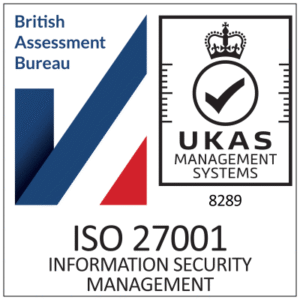HP Announces Split of PC and Printer Business from Enterprise
HP Has Announced That It Will Split into Two Companies
Its PC and printers (PPS) operations will become an independent company to its enteprise division (comprised of enterprise services, its enterprise group, financial services and software). The PPS company is to be called HP Inc. and will retain the HP logo. The enterprise company will be called Hewlett-Packard Enterprise.
Immediately following the transaction, which is expected to be completed by the end of its fiscal 2015 (November 2015), HP shareholders will own shares in both HP Inc. and Hewlett-Packard Enterprise.
HP’s current CEO Meg Whitman is to become chairman of HP Inc., with Dion Weisler as CEO. Patricia Russo, now HP’s lead independent director, will act as chairman of Hewlett-Packard Enterprise, with Meg Whitman as its CEO.
HP has struggled to react to new competitors and thrive in a mobile world. It acquired some valuable assets (particularly Palm), but was unsuccessful generating revenue or merging these entities, eventually selling them to LG and Qualcomm. In the past two years, HP has reorganised to deliver cloud services, mobility, security and big data but has been slow to implement this vision.
The separation of its PPS group from its enterprise division is not a new idea — former CEO Leo Apotheker had intended to sell the PC group in 2011, and Mark Hurd unbundled the PC and imaging groups in his time as CEO prior to that.
HP Inc. will continue to compete directly with Acer, Brother, Canon, Dell, Epson, Konica Minolta, Kyocera, Lenovo, Lexmark, Ricoh, Xerox and, to some extent, Samsung. The PC group will need to further demonstrate its contribution as most of the PPS division’s profits come from printers.
However, the PPS and enterprise operations have seen declining revenue, and many are likely to question whether independence can change their fortunes. The cost of the separate marketing, finance and purchasing departments for the two entities will increase HP’s spending, and the loss of some economies of scale may affect HP when purchasing components.
The digitalisation of paper-based workflow raises questions about the future of the printing division, and how rapidly it can move to offering content analytics, solutions and services.
This market segment is evolving. Lexmark has made rapid moves to boost its capabilities in document management and content solutions through Perceptive Software and numerous acquisitions. Xerox is moving into business process outsourcing, and Ricoh is focussed on IT outsourcing. Players like Lexmark could be acquisition targets for the new PPS entity.
It has been rumoured that HP will sell its photo printing business, Snapfish — a decision that would provide some commentary about the future of paper-based media. However, the rapidly growing 3D printing industry needs a major player. Moves by HP in this area offer it a better chance of embracing new opportunities in the digital economy.
The formation of Hewlett-Packard Enterprise is logical. However, it is uncertain where x86 will sit within the businesses, and which unit will take ownership of the laptop, server, printer and cloud contracts. The separation of the two entities may allow HP to pursue its merger with IT storage hardware solutions company EMC to focus on storage, computer servers and networking, which is seen as most profitable.
The move to segment HP’s business raises questions about how the split will help HP to compete against rivals, about what will differentiate HP Inc. and how the PC and printer operations will fit together within it. It is also unclear whether HP Inc. will come to compete with Hewlett-Packard Enterprise, or indeed retain the PC unit in the longer term. The future of the “One HP” vision, a message that the existing HP has the widest products and solutions range in the industry, is now uncertain.
The cloud, mobility, security and big data are changing the way individuals and companies operate, and these shifts are shaping new behaviours and creating new opportunities for emerging challengers. HP’s decision to separate its enterprise and PPS businesses further indicates the end of the traditional IT companies.
This analysis was published as a research deliverable to CCS Insight clients shortly after the news was released. For more information about our research and services, please contact us.
 LinkedIn
LinkedIn
 Email
Email
 Facebook
Facebook
 X
X
